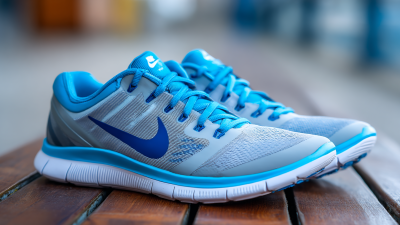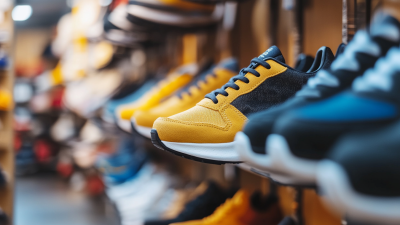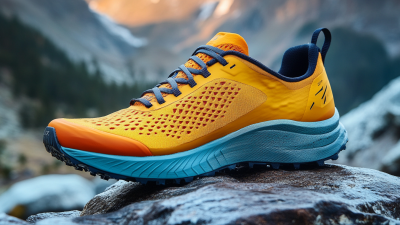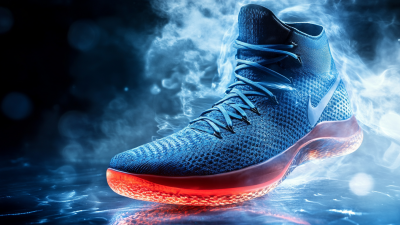
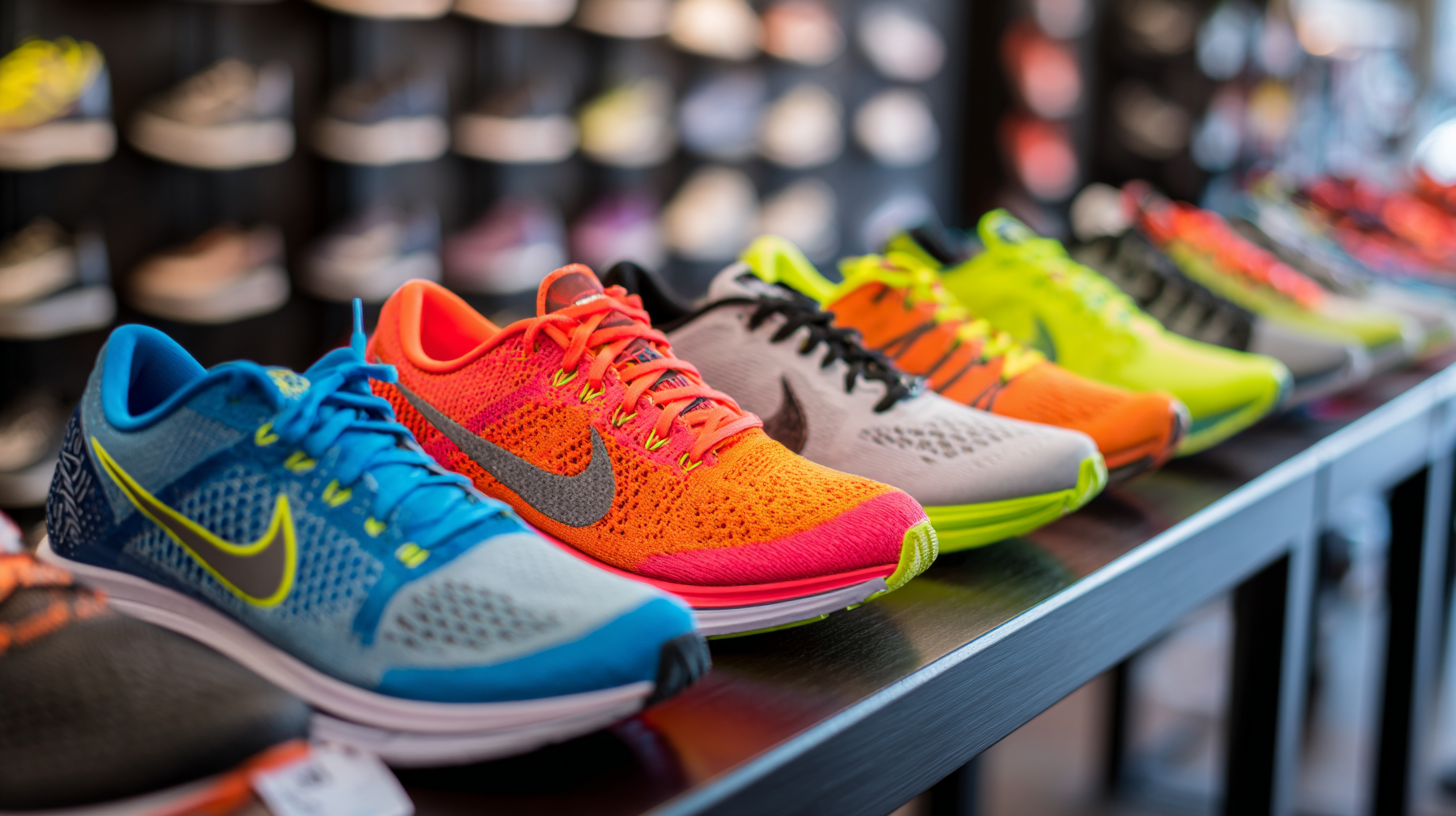 Choosing the right running shoes is a vital step for anyone looking to enhance their performance and enjoy a more comfortable running experience. With a plethora of options available on the market, from high-tech designs to brand reputation, the challenge can be overwhelming. This ultimate guide aims to simplify the selection process by providing expert insights and highlighting top brands that cater to various running needs.
Choosing the right running shoes is a vital step for anyone looking to enhance their performance and enjoy a more comfortable running experience. With a plethora of options available on the market, from high-tech designs to brand reputation, the challenge can be overwhelming. This ultimate guide aims to simplify the selection process by providing expert insights and highlighting top brands that cater to various running needs.
Whether you're a seasoned marathoner or a casual jogger, understanding the key features of running shoes—such as cushioning, support, and fit—can significantly impact your training effectiveness and overall enjoyment. Join us as we delve into how to effectively choose running shoes that not only meet your performance requirements but also align with your personal style and budget.
When it comes to selecting the right running shoes, several key factors can significantly influence your performance and comfort. One of the most critical considerations is the shoe's cushioning, which can affect shock absorption and support during runs. According to a 2021 study by the Journal of Sports Sciences, proper cushioning can reduce the risk of injuries by up to 40%, making it a vital aspect for runners of all levels. Brands like Brooks and Asics excel in providing varieties of cushioning tailored to different running styles, ensuring optimal performance.
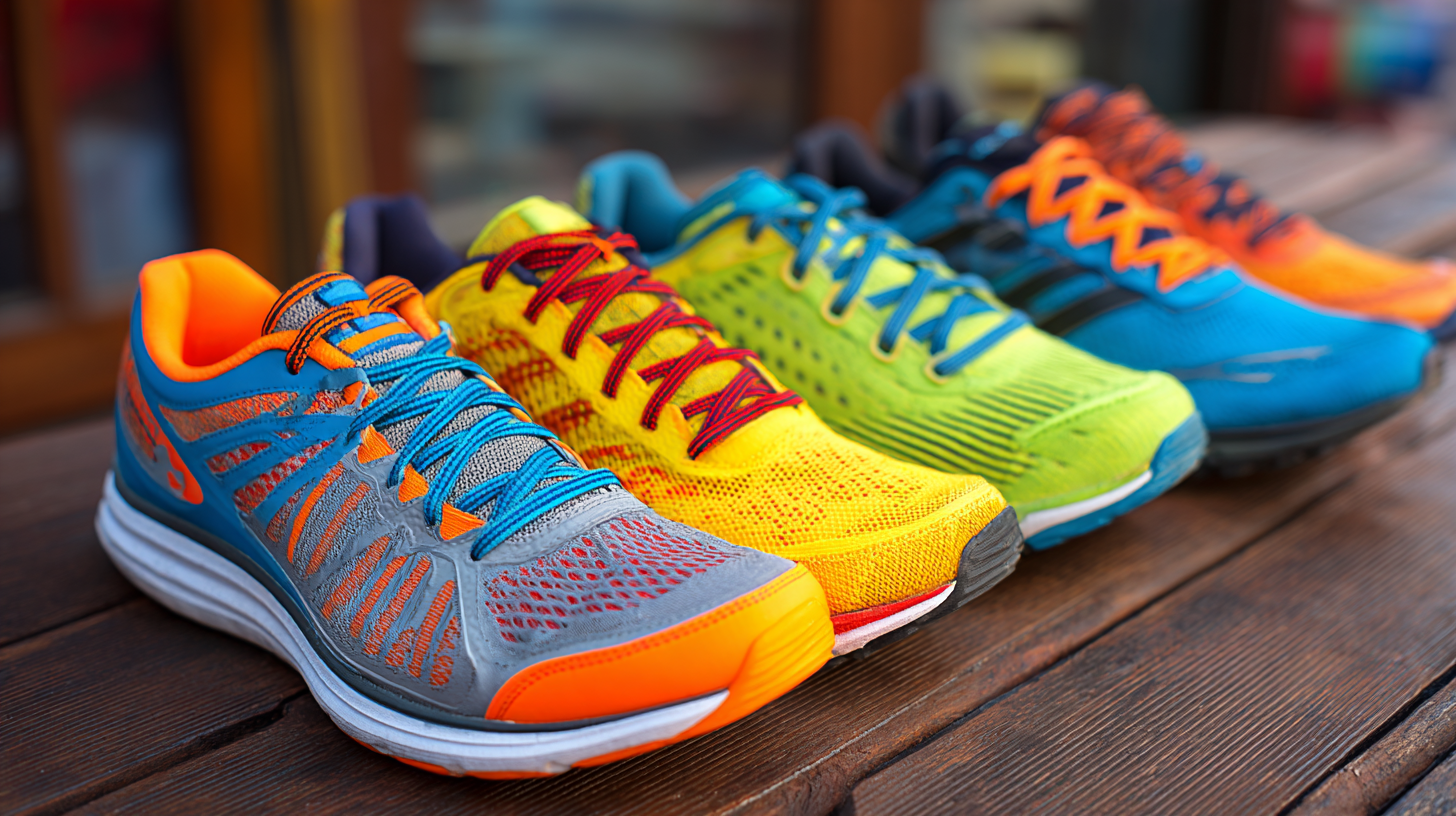
Another essential factor is the fit of the shoe. A report from the American Academy of Podiatric Sports Medicine highlights that a well-fitting shoe can improve stability and comfort, allowing runners to go further without discomfort. Shoe size, width, and arch type should all be considered. For instance, Nike offers customizable options that let runners find their perfect fit, which is crucial for preventing blisters and other foot-related issues. Ultimately, understanding these key elements can lead to well-informed choices that enhance both performance and enjoyment on the road.
When it comes to choosing running shoes, understanding your foot strike patterns is crucial for optimizing your performance. Different types of running shoes cater to various foot strikes—whether you are a heel striker, midfoot striker, or forefoot striker. For instance, those who primarily heel strike may benefit from shoes with enhanced cushioning and specific heel bevels that promote smoother transitions, reducing the risk of injury and improving comfort during long runs.
Recent innovations in running shoe technology have led to the emergence of advanced footwear designed to address these specific needs. From super shoes engineered for competitive racers to cushioned trainers ideal for everyday runs, the options are vast. Testing a range of shoes can help identify which model aligns best with your stride and personal preferences. Additionally, incorporating a diverse running shoe rotation can further support your training by accommodating different running conditions and intensity levels, enhancing both comfort and performance.
Finding the perfect fit in running shoes is crucial for both comfort and performance. First, it’s essential to understand your foot type. Measuring your feet in the afternoon, when they are most swollen, can provide an accurate size. Consider the width and arch of your foot as well; many brands offer various widths, ensuring that you can tailor your footwear to your unique foot structure. Trying on shoes with the socks you typically wear during runs is also advisable, as this ensures you get a more realistic feel for the fit.
When it comes to comfort, always pay attention to the cushioning and support that the shoe offers. Ideally, you should feel a snug fit without any pressure points. Walk or jog around the store to test them out; a shoe that feels good on your feet while standing might not necessarily feel the same when in motion. Don’t hesitate to consult with expert staff who can guide you based on your running style and foot mechanics. Investing time in finding the right pair can significantly enhance your running experience and help prevent injuries.
| Shoe Type | Cushioning Level | Terrain | Arch Support | Weight (oz) |
|---|---|---|---|---|
| Road Running | High | Paved Roads | Neutral | 8.5 |
| Trail Running | Medium | Trails | Stability | 10 |
| Cross Training | Medium | Gym/Varied | Neutral | 9.5 |
| Marathon | High | Paved Roads | Neutral | 7.5 |
| Walking | Low | Paved Roads | High | 8 |
When it comes to selecting the right running shoes, the choice of brand can significantly impact both quality and performance. According to a recent industry report by the Athletic Footwear Association, top brands like Nike, Adidas, and ASICS dominate the market due to their commitment to innovative technology and athlete-inspired design. These companies invest heavily in research and development, ensuring their shoes provide not only comfort but also enhanced performance through features such as lightweight materials and responsive cushioning.

Tip: Always consider your running style and foot type when exploring brands. For example, Nike's Zoom series has been praised for its lightweight feel, making it perfect for speed-focused runners, while ASICS, known for its Gel technology, offers exceptional support for those prone to injury.
Additionally, emerging brands like Hoka One One are gaining traction in the industry. Their unique designs prioritize maximum cushioning, catering to long-distance runners who seek to reduce impact on joints. A study from the Journal of Sports Sciences highlights that runners using well-cushioned shoes report up to 20% less fatigue during runs, making quality a crucial factor in your selection process.
Tip: Test shoes in-store by running on a treadmill for a few minutes, allowing you to feel how they adapt to your running motion. This hands-on approach can help you make a more informed choice when selecting your next pair of running shoes.
When it comes to selecting running shoes, many athletes inadvertently make common mistakes that can hinder their performance and lead to injuries. One of the most prevalent errors is choosing shoes based solely on aesthetics. While a flashy design or trendy color might catch your eye, it’s essential to prioritize functionality and comfort over style. Ensuring the shoes fit well and provide adequate support for your foot type is paramount.
Another mistake is not considering the terrain where you run. Different surfaces, such as trails, roads, or tracks, require specific shoe features to maximize performance and minimize the risk of injury. For instance, trail running shoes often have more aggressive treads for grip and stability on uneven surfaces, while road shoes are designed for cushioning and smoother transitions.
Additionally, many runners overlook the significance of trying on shoes later in the day, as feet can swell, affecting size and comfort. Taking the time to address these common missteps can significantly enhance your running experience.

